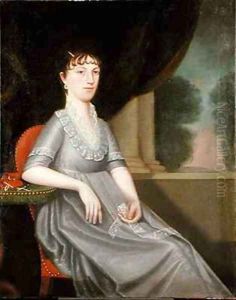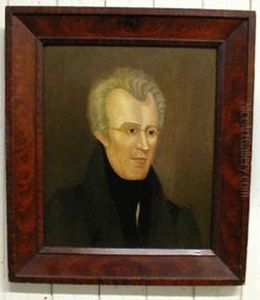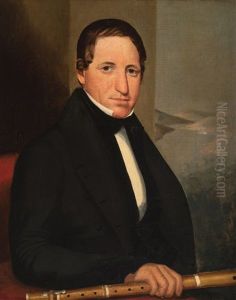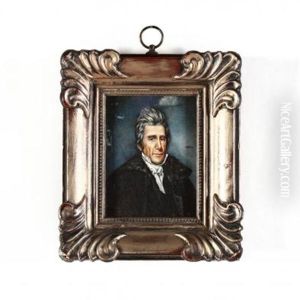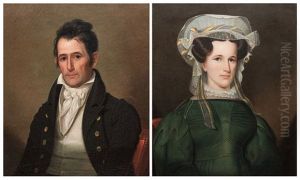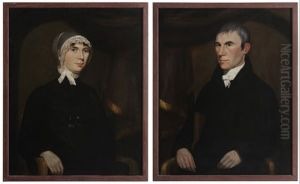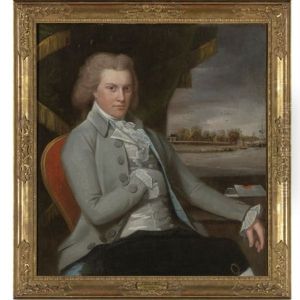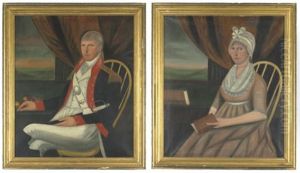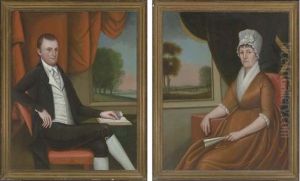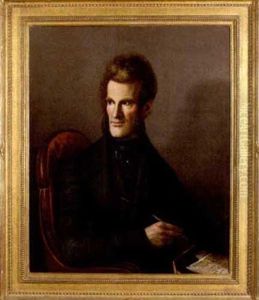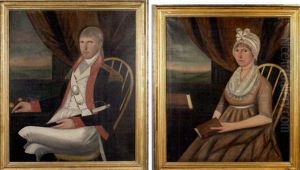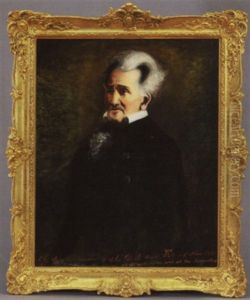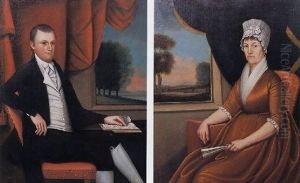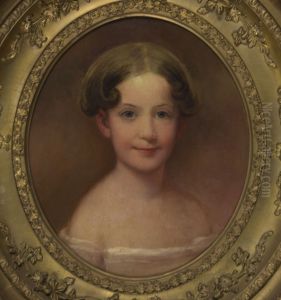Ralph Eleaser Whiteside Earl Paintings
Ralph Eleaser Whiteside Earl, an American artist born in 1788, played a significant role in the early 19th-century art scene, particularly known for his portraits of prominent figures of his time. Earl's life and career were deeply entwined with the political and social fabric of the young United States, making him an important figure in the country's artistic heritage. He was born in Massachusetts but spent much of his career in the southern and midwestern United States, where he left a lasting legacy through his portraits and paintings.
Earl's artistic journey began under the guidance of his father, Ralph Earl, who was also a distinguished painter. This early exposure to the world of art profoundly influenced him, and he quickly developed his own style and artistic identity. In the early stages of his career, Earl traveled to London, where he furthered his studies and was influenced by the works of contemporary British artists. This experience enriched his artistic techniques and sensibilities, which he carried with him upon his return to the United States.
In America, Earl became closely associated with Andrew Jackson, the seventh President of the United States, serving as his personal portraitist and living at The Hermitage, Jackson's plantation in Tennessee. Earl's portraits of Jackson and his family are among his most renowned works, capturing the character and spirit of one of America's most iconic figures. These paintings played a crucial role in shaping the public image of Jackson, demonstrating Earl's significant influence beyond the realm of art and into the political landscape of the nation.
Throughout his career, Earl exhibited a keen ability to capture the essence of his subjects, making his portraits highly sought after by the political and social elite of his time. His work is characterized by a meticulous attention to detail, vibrant colors, and a distinctive style that set him apart from his contemporaries. Despite the prominence of his subject matter, Earl's paintings also offer insights into the broader societal and cultural contexts of early 19th-century America, reflecting the complexities and nuances of this formative period in the nation's history.
Ralph E. W. Earl's contributions to American art were cut short by his death in 1838. However, his legacy endures through his portraits, which remain vital records of an era and continue to be celebrated for their artistic merit and historical significance. Earl's work is preserved in various institutions and collections across the United States, serving as a testament to his skill as an artist and his impact on American visual culture.
